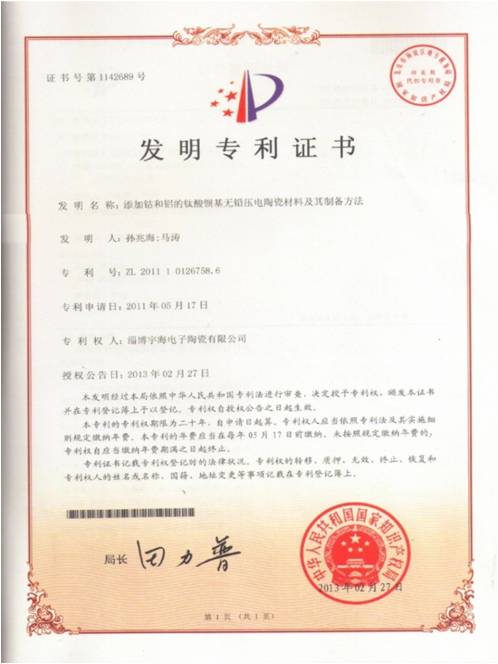1 Introduction Online testing has dominated the market as the leading technology for post-assembly PCB testing. However, with the development of electronic assembly technology, the density of PCBs is getting higher and higher, the spacing between test points is getting smaller and smaller, and the number of test points is increasing. All of this poses challenges to traditional testing techniques, and with the emergence of new types of testing techniques, where is the online testing technology? Let's take a closer look at the features of online testing technology and the efforts of equipment manufacturers to meet this challenge. According to different test methods, the online tester can be divided into two types: needle bed test and flying probe test. 2 needle bed online testing technology 2.1 Structure and principle of needle bed test equipment The traditional needle bed online tester uses a special needle bed to contact the components on the soldered circuit board (see Figure 1), and conducts the force isolation test with a current of several hundred millivolts and a current of 10 mA. Measure the missing, misplaced, parameter value deviation, solder joint welding, and circuit board opening of common and special components such as resistors, inductors, capacitors, diodes, transistors, thyristors, FETs, and integrated blocks. Short circuit and other faults, and tell the user which component or open short circuit is located. The advantage of the needle bed type online tester is that the test speed is fast, suitable for the test of a large-scale production of a single type of household appliance circuit board, and the host The price is cheaper. However, with the increase of the assembly density of the circuit board, especially the fine pitch SMT assembly and the new product development and production cycle are getting shorter and shorter, the circuit board variety is more and more, and the needle bed type online tester has some insurmountable problems. Needle bed fixtures are long in production and testing, and expensive; some high-density SMT boards cannot be tested due to test accuracy problems. Some features of the online tester: (1) Immediately determine and determine defects; (2) can detect most production problems; (3) Includes a line analysis module, test generator and component library; (4) Provide system software to support write test and evaluation test; (5) Model testing can be performed on different components. To conduct an online test, the online tester must do two things "touch" and "isolation", it must be able to touch all the components to be tested. Obviously, to test one by one, the tester must touch every foot of each device. In addition, the in-circuit tester must be able to isolate the influence of the surrounding devices on the device under test, because there is a line connection between the device and the device, special isolation technology is required to make the device under test unaffected by other devices, to touch each test on the PCB. Point, you need a special test tool - needle bed, there are many small elastic probes on the needle bed, you can use them to touch the test points. These small probes also isolate the influence of surrounding devices on the device under test, each The PCB needs a test needle bed that matches it. The needle bed is connected to the internal measuring instrument module and the tested node. Because the tests can be analog, digital, and hybrid, each test pin can be connected to an analog or digital meter module under the control of a test program. There are 2 sets of relays inside each tester, one set is SCANNER, which connects any test point and measuring instrument bus; the other set of relay is called MULTIPLEXER or MUX, which connects the measuring instrument bus and measuring instrument module, see Figure 2. 2.2 Testing of analog devices Taking the measured resistance as an example, as shown in Fig. 3, the measurement under the on-line condition and the measurement of an independent resistor are inevitably different. The current flowing through Rx shunts part of the current through R3 and R4, and the rest flows into the ammeter. Depending on the shunt circuit resistance characteristics, the calculated Rx resistance error can be large. Using the isolation technique to block the shunt is the key to simulating the on-line measurement. After adding the isolation points at R1, R2, R3 and R4 on the left side of Figure 4, the equivalent circuit diagram on the right side can be obtained by simplification, and the operational amplifier is used in the ammeter line instead. Ammeter, using the characteristics of the op amp and the opposite end of the op amp, as shown in Figure 5, can eliminate the shunt on R3, R4, which can be obtained: Lead Free Piezoelectric Elements
The Co-Al Co-doped Barium Titanate
Lead-free Piezoelectric Ceramics was successfully developed by Yuhai company
through repeated experiments. By Researching the influence of Co-Al Co-doping
on the structure and properties of Barium Titanate-based piezoelectric
ceramics, the formulation and preparation technology of Barium Titanate-based
piezoelectric ceramics were optimized. Yuhai`s BaTiO3 was prepared by conventional
solid-phase sintering method, with the piezoelectric constant d33 (>170pC/N),
dielectric loss tgδ≤0.5% and mechanical coupling coefficient Kp≥0.34.
Barium titanate lead-free piezoelectric
ceramics are important basic materials for the development of modern science
and technology, which was widely used in the manufacture of ultrasonic
transducers, underwater acoustic transducers, electroacoustic transducers,
ceramic filters, ceramic transformers, ceramic frequency discriminators, high
voltage generators, infrared detectors, surface acoustic wave devices,
electro-optic devices, ignition and detonation devices, and piezoelectric
gyroscope and so on.
Application: military, ocean, fishery, scientific research,
mine detection, daily life and other fields.
China Patent of Yuhai company`s BaTiO3
Chinese Patent No.: ZL 2011 1
0126758.6
Name: Lead-free Barium Titanate
Piezoelectric Material with Addition of Cobalt and Aluminum
Lead free piezo material BaTiO3
Lead-free Material
Properties
BaTiO3
Dielectric Constant
ɛTr3
1260
Coupling factor
KP
0.34
K31
0.196
K33
0.43
Kt
0.32
Piezoelectric coefficient
d31
10-12m/v
-60
d33
10-12m/v
160
g31
10-3vm/n
-5.4
g33
10-3vm/n
14.3
Frequency coefficients
Np
3180
N1
2280
N3
Nt
2675
Elastic compliance coefficient
Se11
10-12m2/n
8.4
Machanical quality factor
Qm
1200
Dielectric loss factor
Tg δ
%
0.5
Density
Ï
g/cm3
5.6
Curie Temperature
Tc
°C
115
Young's modulus
YE11
<109N/m3
119
Poison Ratio
0.33
Piezo Element,Piezo Ceramic Elements,Piezoelectric Ceramic,Pzt Tubes Zibo Yuhai Electronic Ceramic Co., Ltd. , https://www.yhpiezo.com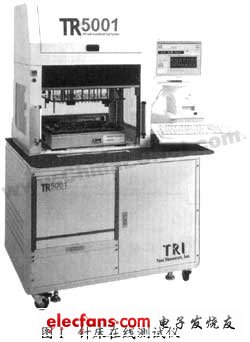
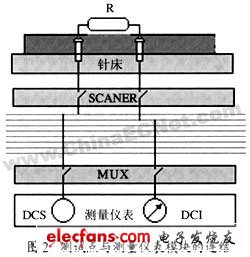
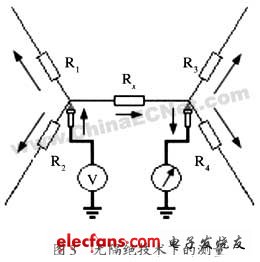
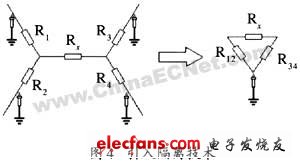
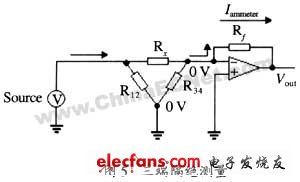
![]()
